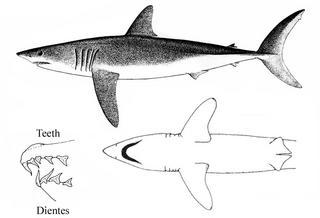I’m interested in what is the largest Australian native species (endemic or limited to Aus and nearest neighbouring countries) that has NOT been taxidermied and is NOT extinct.
I have a clear memory of seeing taxidermied specimens of:
Red kangaroo, Grey kangaroo, Wallaroo/Euro, Fairy penguin, Sugar glider, Saltwater crocodile, Paradise parrot (recently extinct).
I have a vague recollection of seeing taxidermied specimens of:
Bandicoot (eastern?), Quoll, Brushtail, Ringtail, Pretty-face wallaby, Platypus, Wombat, Flying fox (species?)
The web says there are taxidermied specimens of:
Koala, Emu, Cassowary, Goanna (species?), Wedgetail, Wallaby (species?), Freshwater crocodile (australian species?), Barramundi, Petrogale penicillata brush-tailed rock wallaby, Yellow-footed Antechinus flavipes, White cockatoo, Major Mitchell cockatoo, Tasmanian devil, Dingo, Australian pelican, Murray cod, Black swan, etc.
(see also news article from Nov 2014 19th-century-taxidermy-exhibition ).
Surprise, I didn’t find any taxidermied specimens of any venomous Australian snakes on the web.
What about these possibilities for the largest Australian native animal never taxidermied?
Perentie, Lace monitor, other Wallaby species, Hairy-nosed wombat, Brush turkey, Giant clam Tridacna gigas (australian but also as far north as the philippines), Morelia amethistina (australia’s largest snake), King brown Pseudechis australis, Australian bustard, Broad-shelled turtle Chelodina expansa (australia’s largest freshwater).










